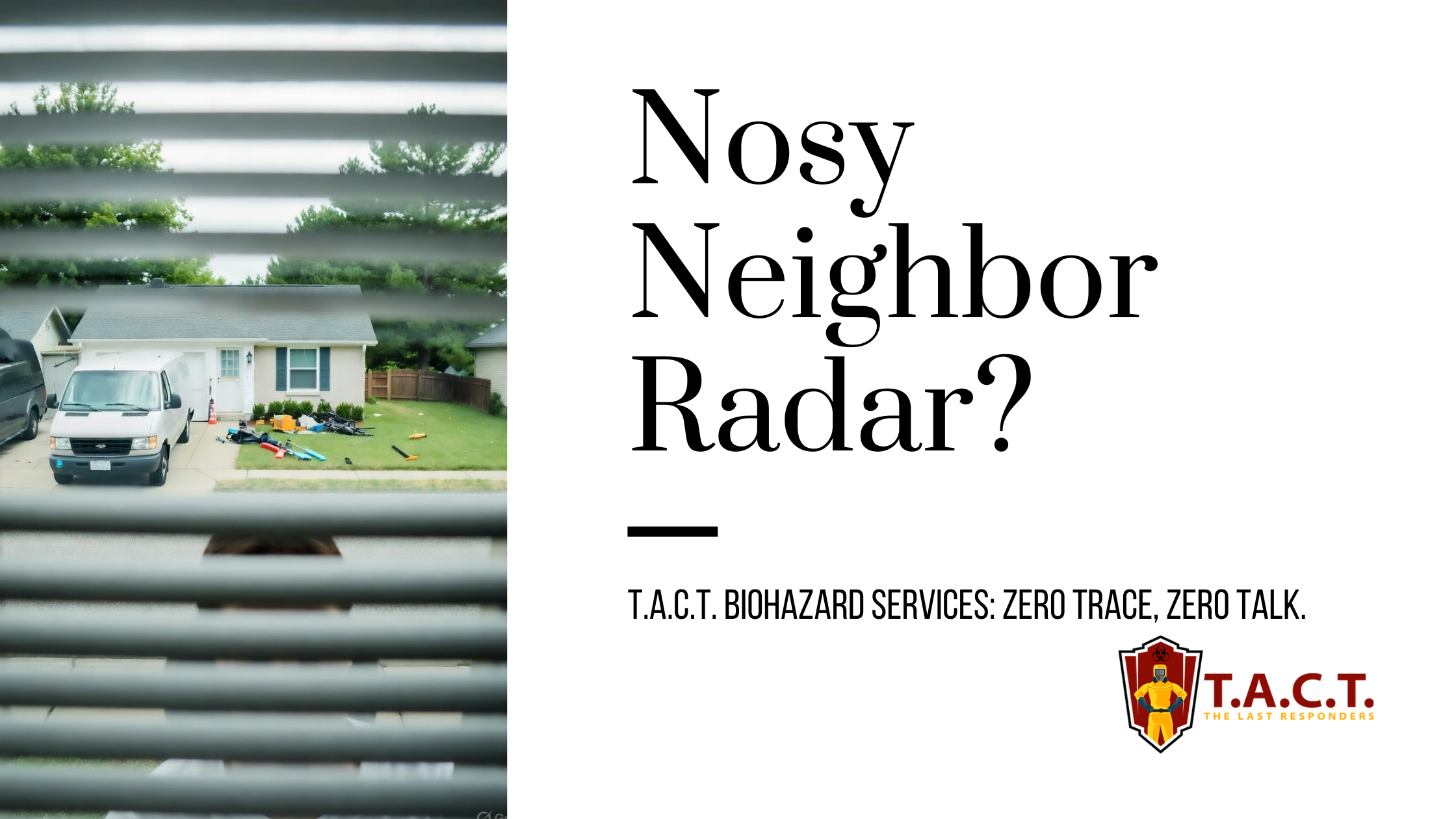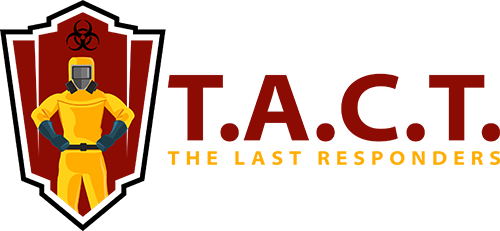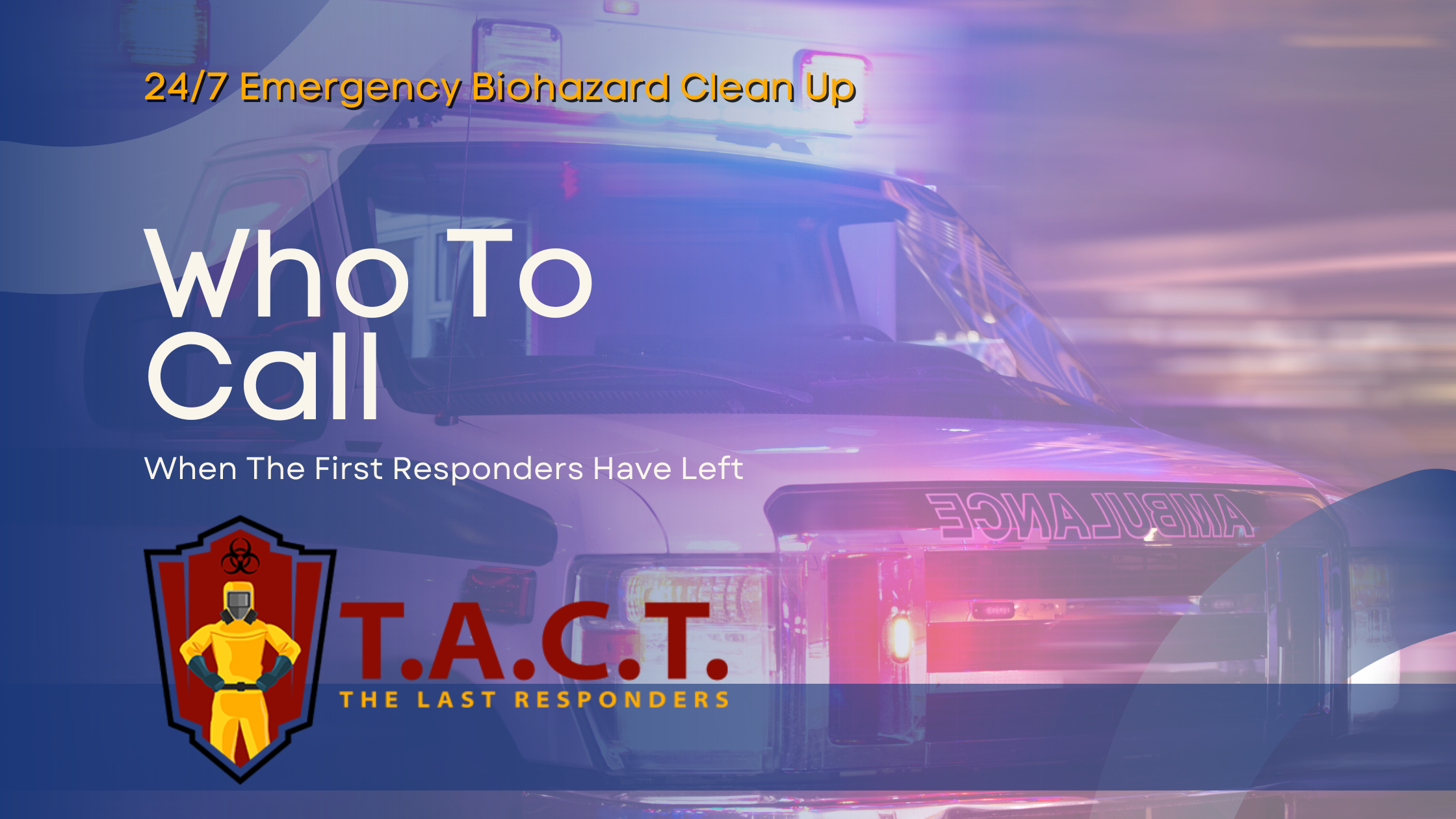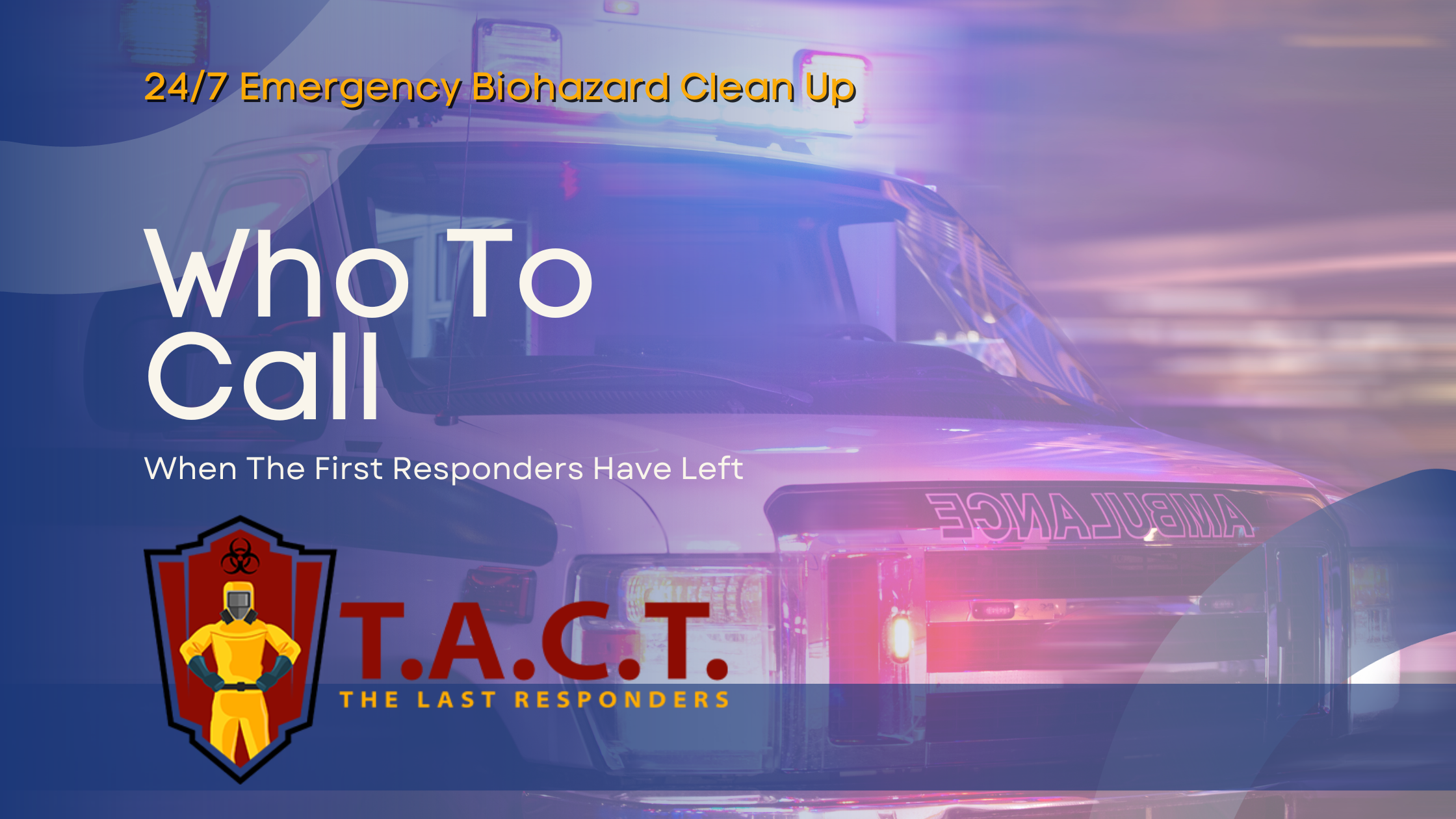Rodent cleanup service safe removal and decontamination

Professional Rodent Clean Up Service: Safe Removal and Decontamination
When rodents invade your property, the real danger often begins after they’re gone. While most property owners focus on eliminating the live rodents, the contamination left behind poses serious health risks that require specialized attention. Contaminated insulation, in particular, is a significant health hazard that must be addressed by professionals to ensure a safer and healthier home environment. Professional rodent clean up service provides the expertise, equipment, and protocols necessary to safely remove hazardous waste and restore your property to a healthy condition.
The rodent control market, valued at USD 1.48 billion in 2024, continues growing as more property owners recognize that effective pest management extends far beyond simple extermination. Professional cleanup services have become essential for protecting families and employees from the dangerous pathogens that rodents leave behind.
What is Rodent Clean Up Service?
A professional rodent clean up service encompasses comprehensive decontamination that goes far beyond basic cleaning. These specialized services safely remove rodent droppings, rodent urine, nesting materials, and dead rodents while addressing the contamination that spreads throughout affected areas. After identifying signs of rodent activity, rodent waste cleanup rodents is essential to eliminate contamination and ensure a safe environment.
Professional technicians use EPA-approved disinfectants and commercial-grade equipment featuring HEPA filters to eliminate bacteria, viruses, parasites, and other harmful particles that rodents deposit in your property. The service includes thorough decontamination of affected areas including attics, basements, crawl spaces, and wall voids where rodents commonly establish their presence.

When contamination is severe, the service extends to removing contaminated insulation and replacing it with pest-resistant materials. Rodent waste should be removed professionally to ensure proper sanitation and prevent health risks. This comprehensive approach prevents the spread of diseases like Hantavirus, Salmonella, rat bite fever, and other rodent-borne pathogens that can remain active in waste materials for extended periods.
The process differs significantly from standard cleaning because it addresses microscopic contamination that can affect air quality and trigger allergies even after visible droppings are removed. Professional services ensure complete decontamination that protects long-term health and prevents future rodent activity from being attracted to lingering odors and pheromones.
Why Professional Rodent Clean Up is Essential
Rodent waste contains dangerous bacteria and viruses that can be fatal to humans, making professional intervention crucial for safety. The microscopic nature of these pathogens means that contamination extends far beyond what’s visible to the naked eye, requiring specialized equipment and techniques for complete removal.
Improper DIY cleanup can release harmful airborne particles into your breathing space, creating greater health hazards than the original contamination. Standard household vacuums are not sealed and can spread contaminated particles throughout your home, distributing dangerous pathogens to previously unaffected areas. Additionally, improper cleaning methods can spread bacteria, increasing the risk of disease transmission and bacterial contamination throughout your home.
Professional technicians use hospital-grade disinfectants and specialized equipment designed for hazardous waste removal. They wear rubber gloves, protective respirators, and follow strict protocols that prevent cross-contamination while ensuring all affected surfaces are thoroughly disinfected to eliminate pathogens and odors.
The expertise extends to understanding how rodent contamination spreads through air ducts, within wall cavities, and through porous materials. Professional services use ATP monitoring tests to confirm effective decontamination after cleanup completion, providing measurable proof that dangerous pathogens have been eliminated.
Without proper cleanup, contaminated areas continue to pose health risks and can attract rodents back to your property. The lingering odors and pheromones in untreated waste act as signals for future infestations, making professional decontamination essential for long-term prevention.
Health Risks of Rodent Contamination
The health risks associated with rodent contamination extend far beyond simple unpleasant odors. Hantavirus transmission occurs through inhalation of contaminated dust particles, and this potentially fatal disease requires no direct contact with rodents or their waste. The virus can remain viable in dried rodent droppings and urine stains for weeks or months.
Salmonella and other bacterial infections result from contact with rodent waste, contaminating food preparation areas and spreading through household surfaces. Rodent infestations can spread diseases throughout the home, making thorough cleanup and sanitization essential to prevent the transmission of illnesses like hantavirus and salmonella. These serious health risks are particularly dangerous for children, elderly individuals, and those with compromised immune systems.
Respiratory issues and allergic reactions commonly develop in households with rodent contamination, especially affecting children and sensitive individuals. The proteins found in rodent urine and droppings become airborne and trigger allergies, asthma attacks, and other respiratory complications that can persist long after the initial infestation is resolved.

Secondary pest infestations often develop when lingering rodent waste and odors attract other pests seeking food sources and nesting opportunities. This creates compound contamination problems that require increasingly extensive remediation efforts.
The contamination of food and water sources occurs through airborne bacteria spread, making entire kitchen and storage areas unsafe for normal use. Professional decontamination addresses these widespread contamination patterns that DIY efforts typically miss.
Identifying Rodent Infestation
Recognizing the early signs of a rodent infestation is essential for protecting your property and health. Rodents such as rats and mice often leave behind clear evidence of their presence, including rodent droppings, urine stains, and shredded nesting materials. These indicators are commonly found in hidden or less-frequented areas like crawl spaces, attics, and inside walls. You may also notice gnaw marks on wood or wiring, as well as small holes or gaps that serve as entry points for rodents.
The presence of rodent waste is not just unsightly—it poses serious health risks. Diseases such as hantavirus and rat bite fever can be transmitted through contact with rodent droppings, urine, or contaminated surfaces. Even a small amount of rodent waste can lead to significant contamination, making prompt rodent cleanup critical. If you observe any of these warning signs, it’s important to act quickly to prevent the infestation from spreading and to reduce the risk of future infestations. Addressing the problem early helps protect your family from the health hazards associated with rodent waste and ensures that your home remains safe and clean.
Site Inspection and Waste Identification
A thorough site inspection is the foundation of effective rodent waste cleanup. Professional technicians begin by carefully examining all areas of your property, including attics, crawl spaces, and wall voids, to identify signs of rodent activity. This includes searching for rodent droppings, urine stains, and nesting materials, as well as checking for damaged insulation that may be contaminated with rodent waste. Inspectors also look for gnaw marks, tracks, and runways that indicate where rodents have traveled or established nests.
During the inspection, special attention is given to identifying entry points that allow rodents to access your home. These access points must be located and addressed to prevent rodents from re-entering after cleanup. Once all affected areas are mapped out, a comprehensive plan is developed for waste cleanup, which includes the safe removal of contaminated materials, disinfection of all impacted surfaces, and replacement of any damaged insulation. This meticulous approach ensures that all sources of contamination are eliminated, reducing the risk of ongoing health hazards and future rodent activity.
Professional Rodent Clean Up Process
Professional rodent cleanup begins with a comprehensive inspection of attics, basements, crawl spaces, and all affected areas to assess the full extent of contamination. Technicians identify not only visible droppings and urine stains but also hidden contamination in damaged insulation, wall voids, and ventilation systems.
The assessment phase determines the scope of work needed, including whether contaminated insulation requires replacement and which areas need intensive decontamination. This thorough evaluation ensures that no contaminated areas are overlooked during the cleanup process.
Technicians use extensive protective equipment including N95 masks, rubber gloves, plastic gloves, and HEPA-filtered respirators to prevent exposure to dangerous pathogens. This professional-grade protection goes far beyond what homeowners typically have available and is essential for safe waste cleanup. During cleaning, gloved hands are used at all times, and it is crucial to wash or disinfect hands thoroughly after removing gloves. Proper procedure requires carefully removing gloves and washing hands before and after to prevent cross-contamination.
The removal phase involves safely extracting all visible droppings, contaminated materials, and nesting debris using specialized tools and containment procedures. Technicians specifically remove droppings using safe methods to avoid spreading hazardous particles. All waste and contaminated materials are placed in a plastic bag for safe disposal, and a second plastic bag is used to double-seal the waste for enhanced containment and to prevent odor leakage. Removing droppings is done with care, and after physical removal, it is essential to disinfect all contaminated areas to eliminate dangerous pathogens.
Following removal, technicians apply EPA-approved disinfectants or a bleach solution throughout affected areas and allow at least five minutes of soaking time for complete pathogen elimination. A bleach solution is prepared by mixing one part bleach with ten parts water and is thoroughly applied to disinfect droppings, urine, and potentially contaminated surfaces. Multiple applications may be necessary in heavily contaminated areas to ensure thorough disinfection. After disinfection, paper towels or a paper towel are used to carefully wipe up droppings and waste, which are then disposed of properly. Hard surfaces such as floors, countertops, and cabinets are thoroughly cleaned to eliminate odor and pathogens. Hot water is used to clean and disinfect contaminated items and surfaces as part of the process.
When contamination is severe, the process includes replacing damaged insulation with pest-resistant materials that help prevent future infestations. This restoration work addresses both the immediate contamination and long-term prevention needs.
Specialized Equipment Used
Professional rodent cleanup relies on commercial HEPA vacuums specifically designed for hazardous material removal. These sealed systems prevent contaminated particles from escaping back into the environment during the cleaning process, unlike standard household vacuums that lack proper filtration and sealing.
Hospital-grade disinfectants and enzyme-based odor neutralizers break down organic waste materials and eliminate the chemical signals that can attract rodents back to treated areas. These specialized chemicals target specific pathogens and contamination types that generic cleaners cannot address effectively.
ATP monitors provide scientific verification of successful decontamination by measuring biological contamination levels before and after treatment. This testing confirms that dangerous pathogens have been eliminated and surfaces are safe for normal use.
Professional-grade protective equipment and containment systems ensure worker safety while preventing cross-contamination during the cleanup process. These systems include specialized respirators, protective suits, and containment barriers that isolate work areas from clean portions of the property.
Air Duct Cleaning and Sanitization
Rodent infestations can have a significant impact on your home’s air quality, especially when rodent droppings, urine, and debris find their way into air ducts. Contaminated air ducts can circulate harmful bacteria, viruses, and allergens throughout your living spaces, increasing the risk of serious health hazards for everyone in the home. To address this, professional air duct cleaning and sanitization are essential components of a complete rodent cleanup.
Technicians use specialized equipment equipped with HEPA filters to safely remove rodent waste and debris from air ducts without releasing harmful particles back into the air. After the physical removal of contaminants, the ducts are treated with EPA-approved disinfectants to eliminate any remaining bacteria and viruses. This process not only helps prevent the spread of diseases but also improves indoor air quality and reduces the risk of future infestations. Regular air duct cleaning and sanitization are recommended to maintain a healthy environment and to ensure that your HVAC system does not become a source of ongoing contamination.
Insulation Removal and Replacement
When insulation becomes contaminated with rodent waste, it poses a dual threat: it can harbor dangerous bacteria and viruses, and it can compromise your home’s energy efficiency. Professional removal and replacement of damaged insulation are critical steps in restoring both safety and comfort to your property. Technicians wear protective gear, such as rubber gloves and masks, to safely handle contaminated insulation and prevent exposure to harmful particles.
The process involves carefully removing all soiled or contaminated insulation and placing it in sealed plastic bags to contain debris and prevent the spread of contaminants. Once the affected insulation is removed, the area is thoroughly disinfected with an EPA-approved solution to kill any lingering bacteria or viruses. New, clean insulation is then installed to restore energy efficiency and improve indoor air quality. This comprehensive approach not only eliminates health hazards but also helps prevent future infestations by removing materials that attract rodents and by sealing off potential entry points. Proper insulation replacement is a key step in ensuring your home remains safe, healthy, and energy-efficient after a rodent infestation.
Areas Covered by Professional Services
Attics and crawl spaces represent the most common areas requiring professional rodent clean up service, as these spaces provide ideal nesting environments where rodents establish colonies and deposit large quantities of waste. The insulation in these areas often requires complete replacement due to severe contamination that affects air quality throughout the property. Removal of soiled insulation is a necessary step to eliminate health hazards and persistent odors. It is also essential to replace damaged insulation with new, pest-resistant materials to restore safety, energy efficiency, and indoor air quality.
Basements, garages, and utility rooms frequently show signs of rodent activity and require specialized cleaning techniques to address contamination in storage areas, along walls, and around utility connections. These spaces often have multiple entry points that allow extensive contamination to develop before detection.
HVAC ducts and ventilation systems require specialized cleaning techniques because contamination in these areas spreads throughout the entire property via the air circulation system. Professional services have the equipment and expertise to safely clean ductwork without spreading contaminated particles to other areas.

Wall voids and hidden spaces become accessible through professional inspection techniques that locate contamination behind finished surfaces. These areas often harbor extensive nesting material and waste deposits that cannot be reached through standard cleaning approaches.
Vehicles and outbuildings contaminated by rodent infestations require the same careful attention as indoor spaces, as the health risks remain equally serious. Professional services extend their expertise to all types of structures where rodent contamination poses risks to human health.
Signs You Need Professional Rodent Clean Up
Strong ammonia-like odors in attics, basements, or near HVAC vents indicate significant rodent urine contamination that requires professional attention. These persistent odors suggest extensive contamination that has penetrated porous materials and cannot be eliminated through surface cleaning alone.
Visible droppings, urine stains, or damaged insulation from rodent activity provide clear evidence that professional cleanup is necessary. Even small amounts of visible contamination typically indicate much more extensive hidden contamination throughout the affected areas.
Increased allergy or asthma symptoms in household members often result from airborne particles and allergens released by rodent contamination. These health impacts can persist and worsen over time without proper professional remediation.
Returning pest activity even after rodent extermination completion suggests that contamination and odors continue to attract rodents to your property. If sanitation is incomplete or attractants remain, rodents may re enter the property, making thorough cleanup and sealing of entry points essential for long-term prevention. Professional cleanup eliminates these attractants and helps ensure long-term prevention success.
Scratching or scurrying noises returning after initial rodent removal indicate that the original cleanup was insufficient to eliminate the conditions that made your property attractive to rodents. Professional services address both the contamination and the factors that prevent future infestations.
Contaminated insulation that appears matted, stained, or torn apart requires professional assessment and likely replacement. This type of damage indicates extensive rodent activity and contamination that poses ongoing health risks if not properly addressed.
Odor Removal and Decontamination
Professional odor removal goes beyond masking smells to eliminate the source contamination that creates persistent odors. Enzyme-based cleaners break down organic waste materials at the molecular level, neutralizing the chemical compounds that create ammonia-like smells and pheromone signals.
Multiple treatments are often necessary for porous materials like wood and drywall that absorb rodent urine and retain odors even after surface cleaning. Professional technicians understand which materials can be successfully treated and which require replacement for complete odor elimination.
In cases of severe contamination, replacing heavily contaminated materials becomes necessary when odors persist after professional cleaning attempts. This comprehensive approach ensures that no sources of contamination remain to create ongoing health risks or attract future rodent activity.
Improving ventilation and indoor air quality forms an integral part of professional decontamination procedures. Technicians assess air circulation patterns and may recommend ventilation improvements to prevent future moisture and odor problems that can attract rodents.
Prevention Services Included
Professional services extend beyond cleanup to address the underlying conditions that allowed the infestation to develop. Many providers pair cleanup with preventive measures, such as sealing rodent entry points and removing attractants, to ensure long-term rodent control and prevent future infestations. Sealing rodent entry points includes identifying and blocking gaps, holes, and access routes that rodents use to enter your property, using materials that rodents cannot chew through.
Removing attractants involves eliminating food sources and nesting materials that make your property appealing to rodents. This includes addressing moisture problems, food storage issues, and debris that provides nesting opportunities.
Installing moisture control and exclusion barriers in vulnerable areas helps prevent the conditions that support rodent populations. Professional technicians understand how to create long-term barriers that remain effective over time.

Comprehensive prevention recommendations provide ongoing guidance for maintaining a rodent-free environment. These recommendations address landscaping, storage practices, and maintenance routines that help prevent future infestations.
Follow-up inspections ensure that contamination does not return and that prevention measures remain effective. Many professional services include periodic monitoring as part of their comprehensive approach to long-term rodent control.
Cost and Timeline Considerations
Most standard cleanup projects can be completed within a few hours to one full day, depending on the extent of contamination and the size of affected areas. Simple cleanups in limited areas typically require less time, while extensive contamination throughout multiple areas requires more comprehensive work.
Severe contamination cases may require multiple days for complete restoration, especially when insulation replacement and structural remediation are necessary. The timeline is provided after the initial inspection and contamination assessment, giving property owners clear expectations for the project duration.
Professional services often offer integrated packages that combine rodent removal, cleanup, and prevention services for comprehensive solutions. These packages typically provide better value than addressing each component separately and ensure consistent quality across all aspects of the project.
Costs vary based on contamination extent, affected area size, and insulation replacement needs. Professional companies provide detailed estimates after assessing the specific conditions at your property, ensuring transparent pricing for all necessary work.
Choosing the Right Rodent Clean Up Service
Selecting certified technicians with experience in hazardous waste removal ensures that your cleanup project meets safety standards and achieves complete decontamination. Look for companies with proper licensing, insurance, and training in bloodborne pathogen protocols.
Verify that the service uses EPA-approved disinfectants and commercial-grade equipment including proper HEPA filtration systems. The quality of equipment and chemicals directly impacts the effectiveness of the decontamination process.
Choose companies offering comprehensive services including insulation replacement, structural repairs, and prevention work. This full-service approach ensures that all aspects of the contamination problem are addressed in a coordinated manner.
Review customer testimonials and track records to identify providers with proven success in rodent cleanup projects. Experienced companies can handle unexpected complications and ensure thorough results.
Ensure availability of follow-up services and guarantees for completed work. Professional companies stand behind their work and provide ongoing support to ensure long-term success.
Professional rodent clean up service represents an essential investment in protecting your family’s health and preventing future infestations. The specialized equipment, expertise, and protocols that professionals bring to contamination cleanupcannot be replicated through DIY efforts. When rodent contamination threatens your property’s safety, trust certified professionals to restore your environment to healthy conditions and provide the peace of mind that comes with thorough, safe decontamination.
Latest news

Nosy neighbors peeking? T.A.C.T. North Atlanta offers discreet biohazard remediation for rodent infestations, mold, hoarding, and more. Unmarked vehicles, quiet experts, full privacy—24/7 service at 470-781-4775.
Read More

